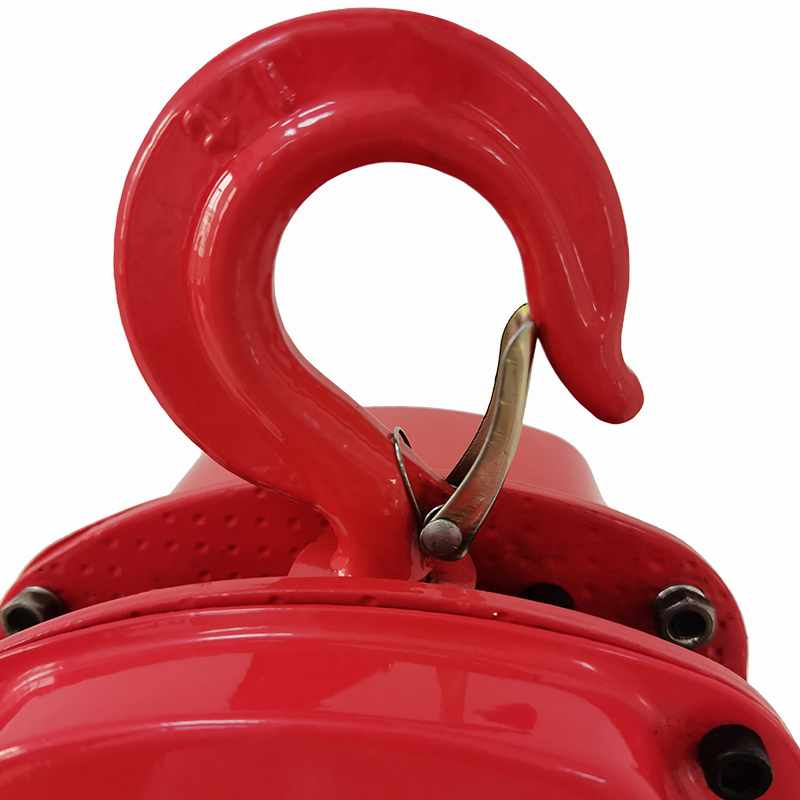


Fall Protection Equipment Ensuring Safety in the Workplace
In industries where work is performed at elevated heights, fall protection equipment is essential for safeguarding employees. Falls from heights are one of the leading causes of serious injuries and fatalities in various sectors, including construction, manufacturing, and maintenance. The implementation of effective fall protection measures not only provides safety for workers but also fosters a culture of care and responsibility within the organization.
The Importance of Fall Protection
The Occupational Safety and Health Administration (OSHA) has set forth stringent regulations regarding fall protection to ensure workers’ safety on construction sites and other workplaces. These regulations require employers to assess the risk of falls and implement appropriate fall protection systems. By adhering to these guidelines, companies can significantly reduce the incidence of workplace injuries and liabilities while also promoting a healthier workforce.
Types of Fall Protection Equipment
1. Personal Fall Arrest Systems (PFAS) This equipment consists of harnesses, lanyards, and anchor points designed to safely arrest a person’s fall. A full-body harness distributes fall forces across the body, while lanyards connect the harness to a secure anchor. Proper training on using PFAS is crucial for maximizing its effectiveness.
2. Guardrails and Safety Nets At the architectural level, guardrails provide a physical barrier that prevents falls. Safety nets are typically used in situations where guardrails are impractical, catching personnel or materials that might fall, thus reducing the risk of serious injuries.
3. Ladders and Scaffolding Properly designed ladders and scaffolding systems are fundamental for safe work at heights. They must be inspected regularly and used according to manufacturer specifications to ensure structural integrity and user safety.

4. Safety Harnesses These devices, worn by workers, are essential in conjunction with lanyards and anchors. A safety harness must fit correctly and be comfortable for the user to ensure it is worn at all times while working at heights.
5. Fall Restraint Systems Unlike fall arrest systems that stop a fall in progress, fall restraint systems prevent workers from reaching areas where they could fall. These systems include body belts and fixed anchor points that keep workers securely in place.
Training and Compliance
Choosing the right equipment is only part of the equation; comprehensive training is essential to ensure that employees understand how to use fall protection systems correctly. Regular training sessions should cover the proper use of equipment, recognition of fall hazards, and emergency response protocols. Employers must also conduct routine inspections of all fall protection equipment to maintain compliance with safety standards.
The Role of Technology
Advancements in technology have also played a crucial role in enhancing fall protection strategies. Innovations such as portable safety devices, wearable fall detection systems, and smartphone applications for hazard reporting have emerged to improve workplace safety. These technologies can alert supervisors of potential risks in real-time, allowing for quicker interventions.
Conclusion
Investing in fall protection equipment and training is critical for any organization where work occurs at heights. The benefits of such investments extend beyond compliance with regulations; they foster an environment where workers feel valued and safe. By prioritizing safety, businesses not only protect their employees but also enhance productivity and morale. In today's world, where safety standards are expected and often mandated, embracing fall protection equipment is a vital step towards a proactive safety culture. Ultimately, ensuring the safety of workers is not just a legal obligation; it is a moral imperative that exemplifies a company's commitment to its most valuable asset—its people.



